GIMP FOR WRITERS OR OTHER NEWBIES:
![]() This is a shortcut for self-published authors and writers who are creating their own book covers. This will save you at least two hours in design time and even more if you are a beginner.
This is a shortcut for self-published authors and writers who are creating their own book covers. This will save you at least two hours in design time and even more if you are a beginner.
HOW DOES THIS WORK?

- You need to make a copy of the front and back of your paperback. Save separately as jpg files.
- Add the back and front into the proper size hardback cover template
- Create a new background
- Add the Spine so that everything fits exactly.
DOES IT WORK FOR ALL COVERS?
My chosen size for the Hardcover book is 6 x 9 inches. My paperback is in a 5.06 X 7.81. So I'm only going up about an inch. This technique won't work if you need to grow your book cover much more than that. But with the amount of time saved, it may be worth the trial!
WHAT IS THE PROCESS?
 You need to get the proper hardcover template from KDP. There is a Paperback and Hardback calculator here
You need to get the proper hardcover template from KDP. There is a Paperback and Hardback calculator here
You need to know the exact number of pages your hardback book is. Special note to beginners: This isn't the book page count. This is the real page count when you count all of the skipped "even pages" before the chapter odd pages. For example: My Sanctuary book has 257 pages but the real count is 262. So when I went to the KDP calculator, I entered 262 as the page count.
Once the KDP Hardcover Calculator creates the book cover template, download to your computer. You may have to open the zip file. If you have any trouble with it -- like I did in the video below -- try shortening the name of the folder. When I shortened the name, I was able to extract the files in the zip folder.
WHEN DO WE GO TO GIMP?
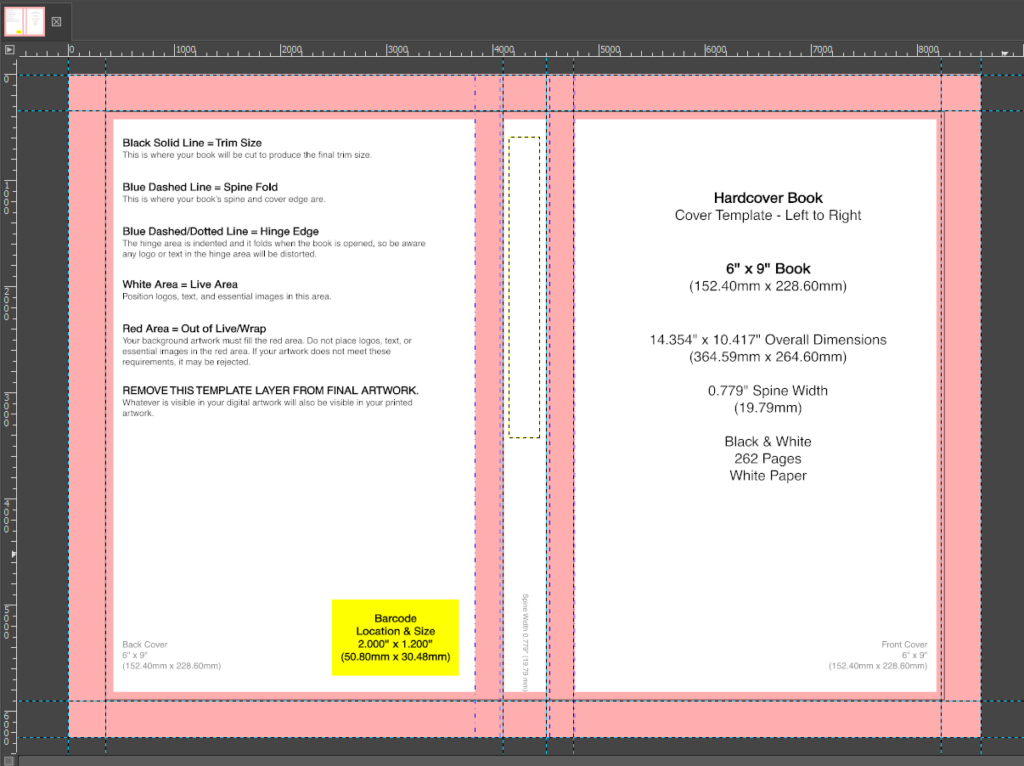 Open the hardback cover pgn document in Gimp. Everything in pink is margin. The spine text must fit into the white area in the center between the front and back.
Open the hardback cover pgn document in Gimp. Everything in pink is margin. The spine text must fit into the white area in the center between the front and back.
The first order of business is to put guides around the pink margin areas. If you don't know what this means, check the video below where I show you how to do it.
START WITH A JPG OF YOUR PAPERBACK BOOK COVER:
Pull up a jpg of your paperback cover. You cant use the gimp file with all the layers. If you do, you will go insane. So make sure it's a single document. If you saved it as a pgn, that will work too. Open the cover as one layer, either a jpg or a png file.
HOW TO COPY A SELECTION AREA IN GIMP:
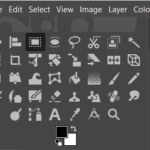
Choose the Gimp Selection tool -- it's the second or third one in the top row -- and drag a selection box around the front of your ebook.
Right click on the selection area and choose Edit > Copy visible. This tells Gimp to only focus on the selected area. Now it's copied to your invisible clipboard.
Click on FIle > Create > From Clipboard. This will take the front cover from your clipboard and throw it into a new image. Save that as the frontcover.jpg. Do the same for the back cover.
Referring to the template with the pink margins above, bring in the front and back covers you just saved. File > Open as lawyer > find and click on the individual jpg files.
Once you bring in the front cover, click on the move tool, and put the front cover inside the white area in the template. Center it as best you can.
Click on the Resize tool and click on the front cover image. You will see a dialogue box come up and lines with boxes will form around your image. Hold your control key and grab one corner of the image and drag out slowly, making sure to fit the cover exactly into the white area. Avoid the spine area.
Repeat this process for the back cover.
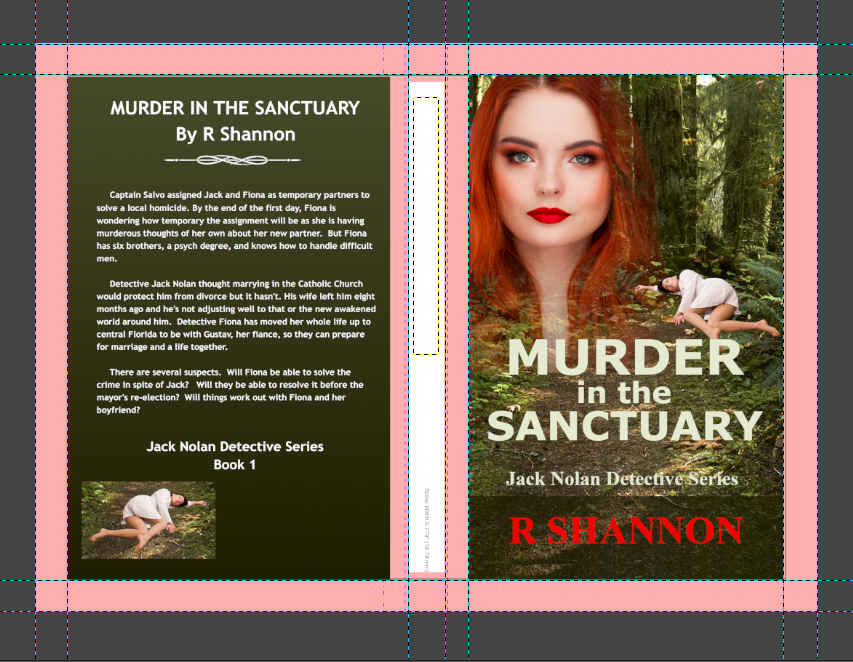
This is what your cover should look like now. Just has the front and back in place. Notice that neither cover is going into the pink margin areas.
MAKE A NEW BACKGROUND:
In my cover, I used a gradient as my original background color. As I demonstrate in the video below, using the color eyedropper, I made my foreground color the lighter olive green and the background color the dark olive green.
Then using the gradient tool and holding my shift key down to keep my line straight, I drew a line from top to bottom, inserting a new background that is the same as my original background.
WHAT ABOUT A PICTURE BACKGROUND?
If you used a picture scene as your background, you will bring in the picture as a new layer. File > open as layer > and click on your background picture. Just as you pulled your front and back covers into place using the resize tool, do the same with your background.
NOW FOR THE BOOKCOVER SPINE:
 Once my background was in place. The only thing left was adding a new spine that fit exactly into place.
Once my background was in place. The only thing left was adding a new spine that fit exactly into place.
My text is white, so I changed my foreground/background colors back to black and white. I made sure my foreground color was white as that is the color the text tool pulls from.
Click on the text took and type in your title. Highlight it all and increase or decrease the size that will fit into the spinal area. Make sure you are looking at the guides. The title and author need to fit in the center of these guides.
Once I was finished typing and resizing my title, then it's time to click on the rotate tool. This took throws up a dialogue box too. In this box, type in 90 in the top area. Then click Rotate. It will put your text into position to be moved into place using the move tool.
Do the same for the Author name. Special Note for Beginners: If you need to change the text after it is rotated, Gimp will need to take the text back to being text. Once you rotate it, it makes it into an object.
So if you need to do that, simple click on the right layer, and click on the text tool and then click on the title. Gimp will then automatically return it to being text only. Fix the text size and you will need to rotate it again.
YOU'RE DONE!
Once you have created the new spine, you're done. Save the document as a gimp file. Then export as a jpg file. I never save from a gimp file directly to a pdf, because when I do, I have had problems with the text falling off the page. It may have been corrected through the years with Gimp, but I still export first as a jpg and then I open the jpg and export that as a pdf.

 St. Clare of Assissi:
St. Clare of Assissi: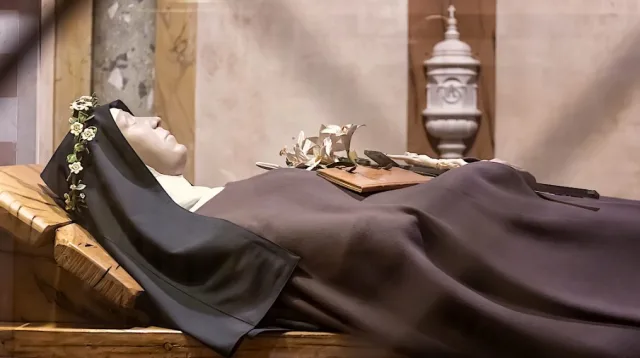
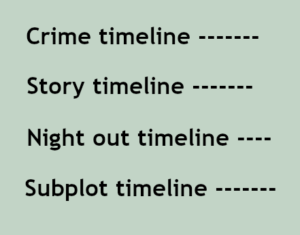 Although I follow a detailed outline of the story before I even start writing, each novel presents its own issues and/or problems. In this novel, I had several timelines I had to keep straight.
Although I follow a detailed outline of the story before I even start writing, each novel presents its own issues and/or problems. In this novel, I had several timelines I had to keep straight.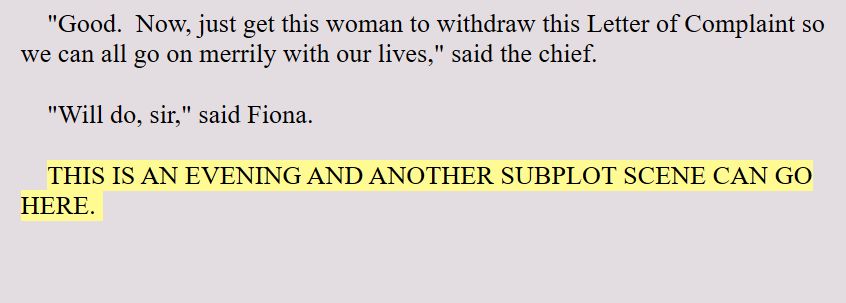
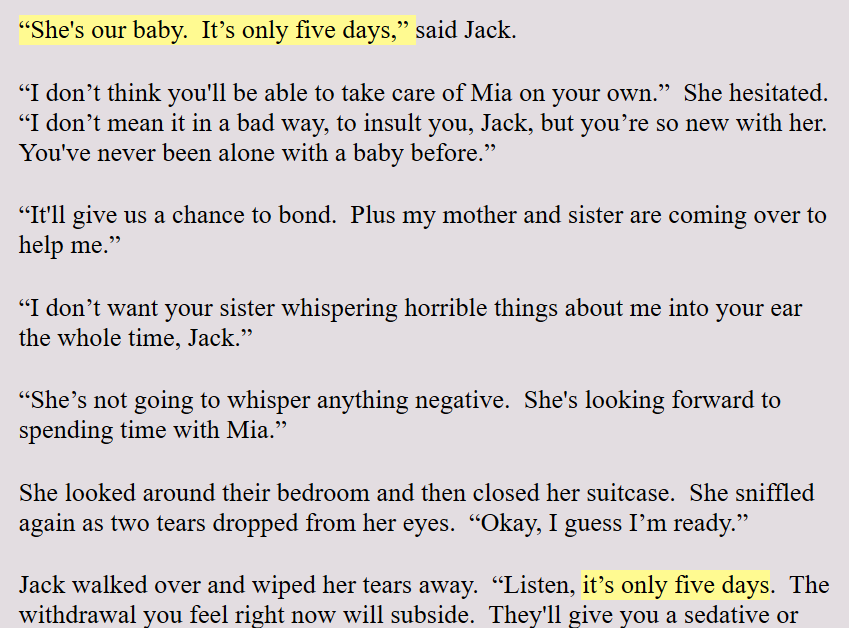

 The second thing I do in Layer 5 is to fill out the Synopsis section. This section is in the upper right-hand side of the Scrivener platform.
The second thing I do in Layer 5 is to fill out the Synopsis section. This section is in the upper right-hand side of the Scrivener platform.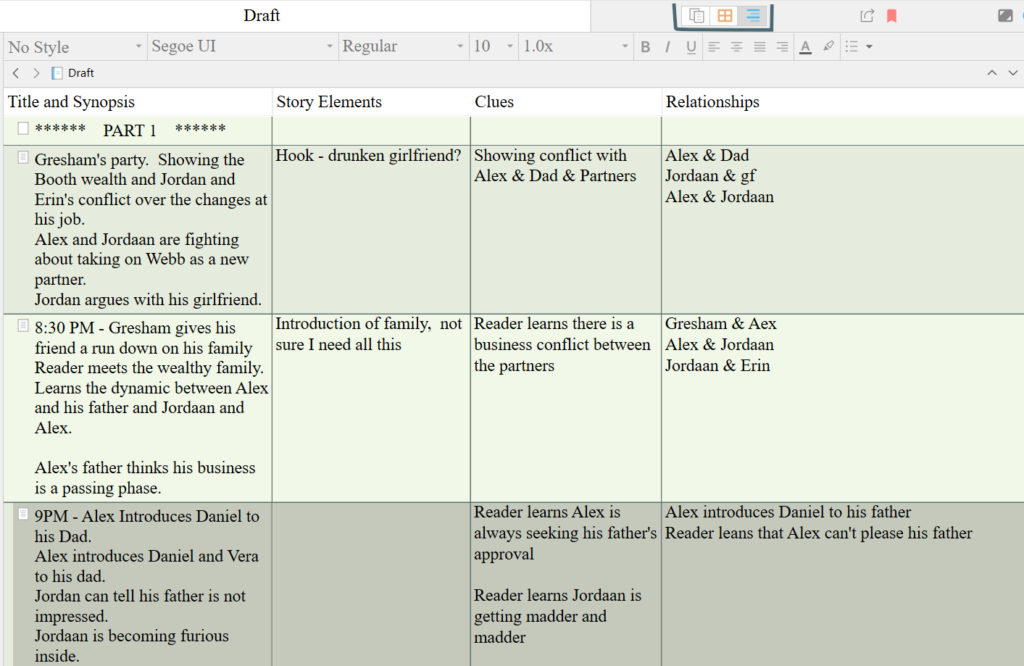
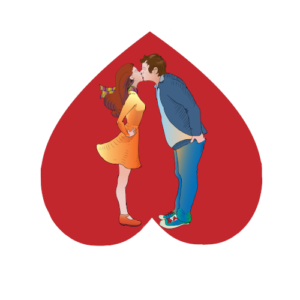 Now, because I had to kind of abandon the full subplot in Layer 4, I will be finishing the subplot while I'm doing the descriptions and the synopsis box. Once I'm done with this layer, then I'll be back to discuss what happens in Layer 6!
Now, because I had to kind of abandon the full subplot in Layer 4, I will be finishing the subplot while I'm doing the descriptions and the synopsis box. Once I'm done with this layer, then I'll be back to discuss what happens in Layer 6!
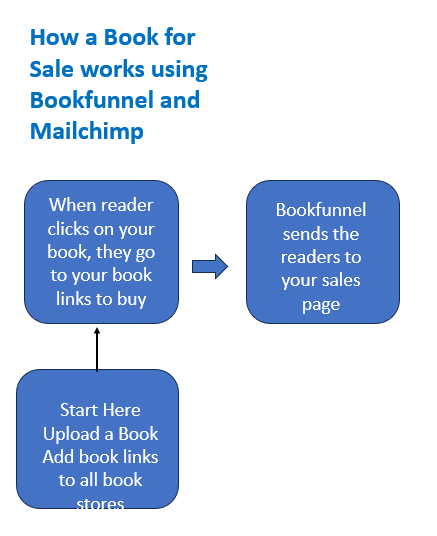
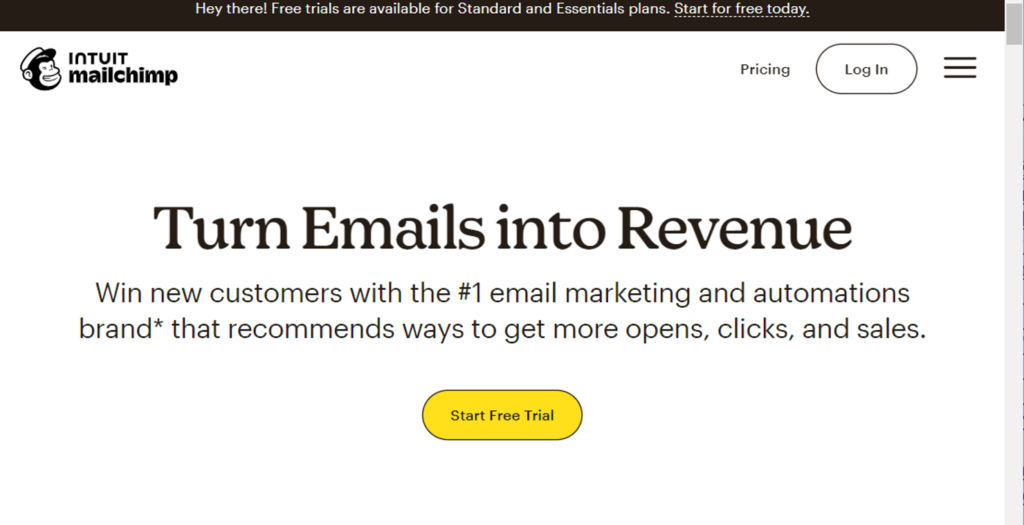

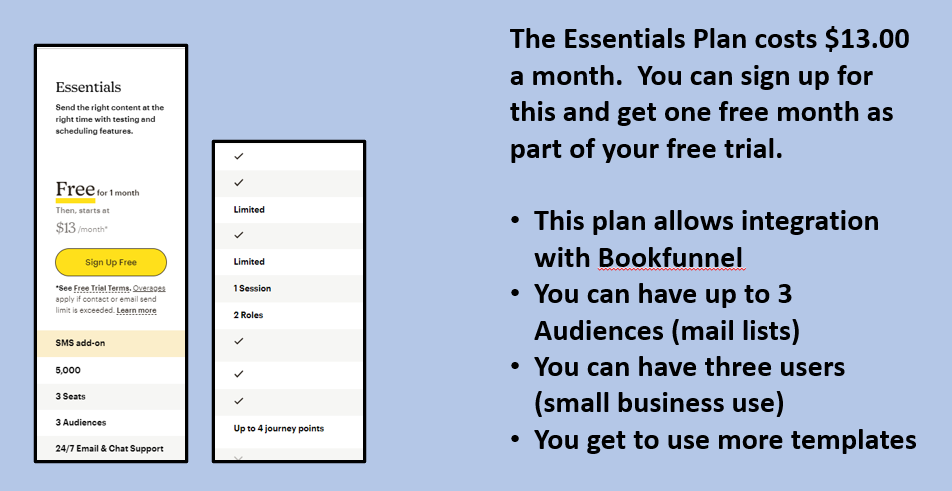

 Go to bookfunnel.com and sign up for an account. Here is a screen shot from the first page. I've fiddled with it to show the actual address and the logo, but it will look similar to this picture here.
Go to bookfunnel.com and sign up for an account. Here is a screen shot from the first page. I've fiddled with it to show the actual address and the logo, but it will look similar to this picture here.
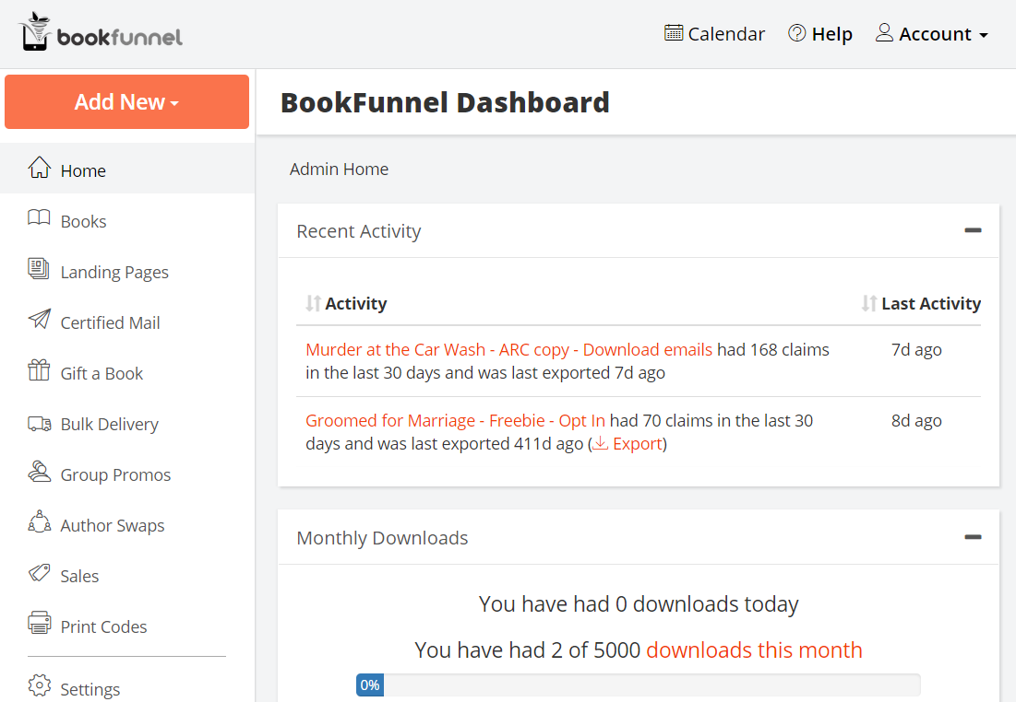
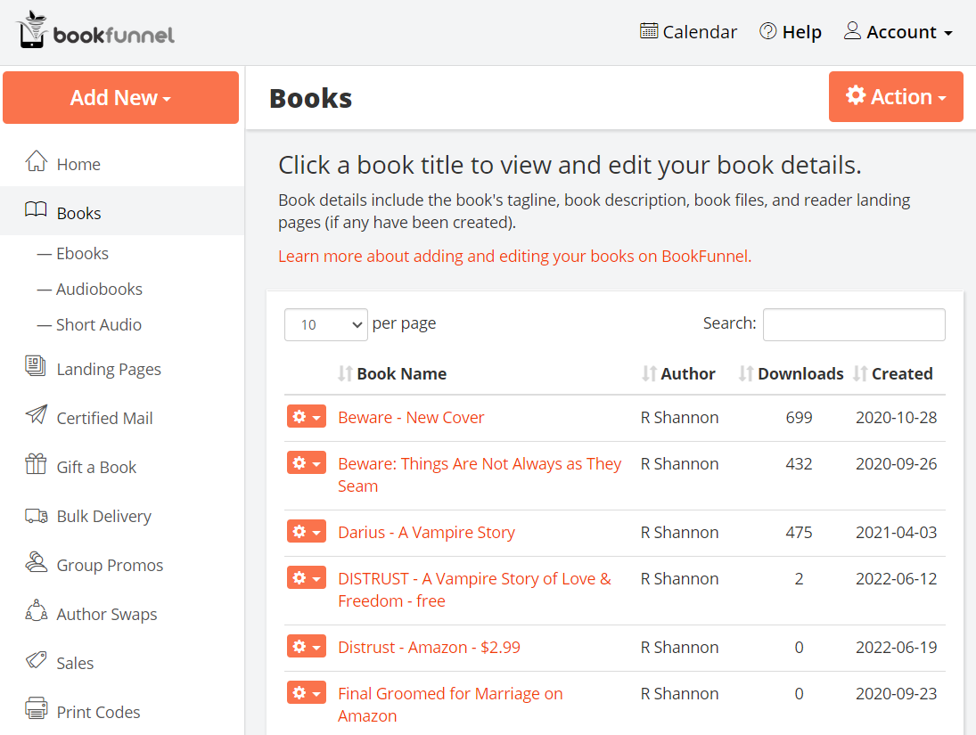 The Books Tab keeps track of the eBooks you have uploaded and how many downloads there have been. There are drop-down links (in the orange boxes) to edit your books information and also to reupload copies.
The Books Tab keeps track of the eBooks you have uploaded and how many downloads there have been. There are drop-down links (in the orange boxes) to edit your books information and also to reupload copies.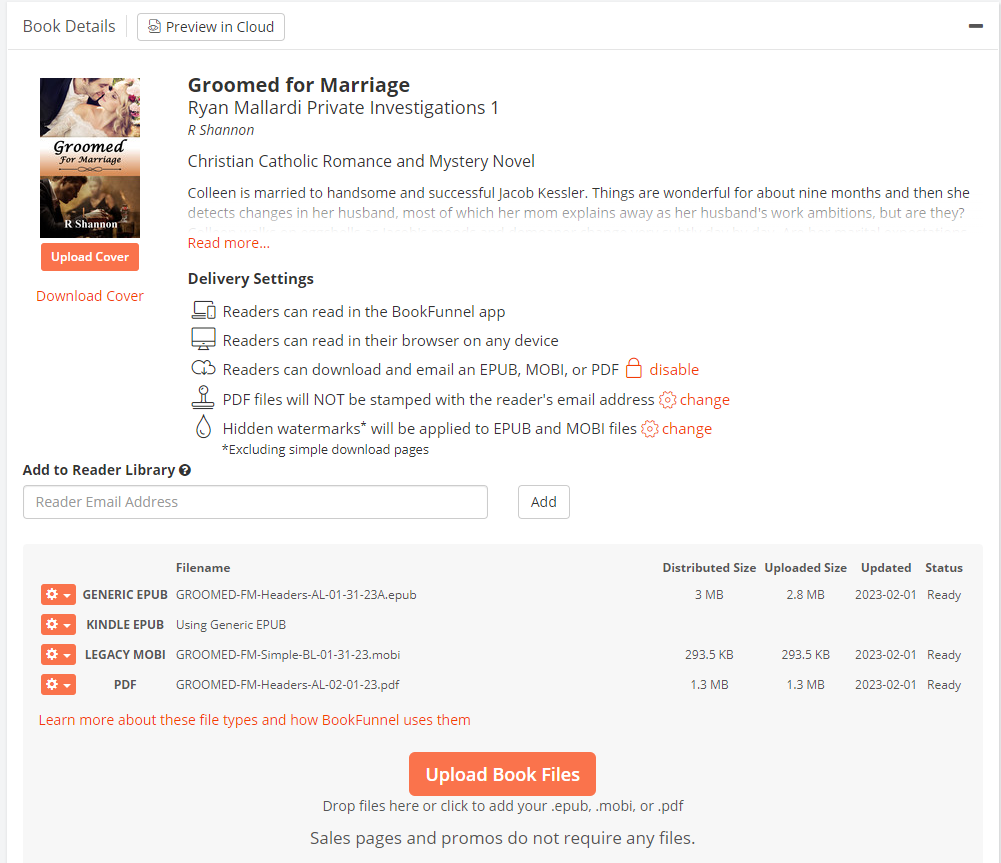
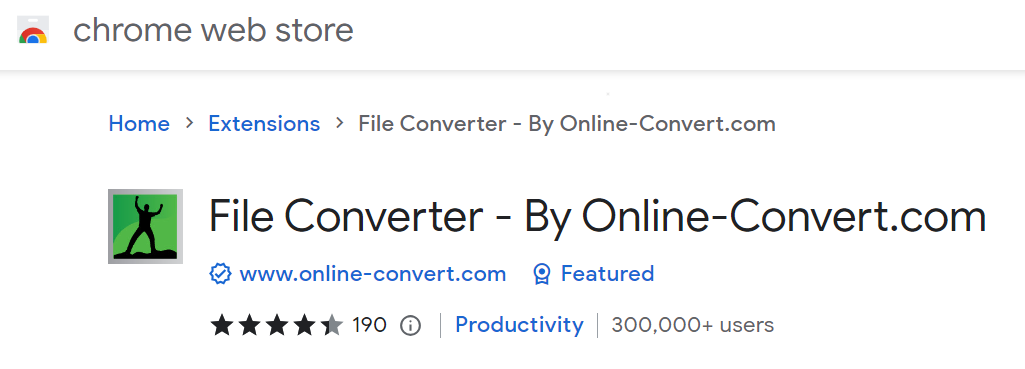


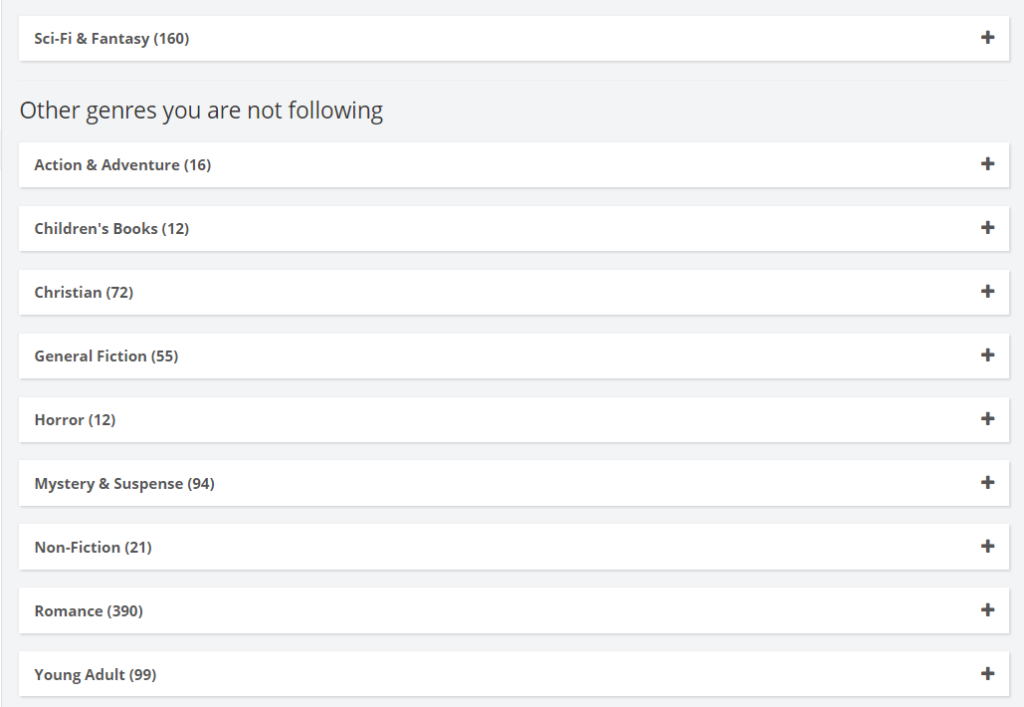


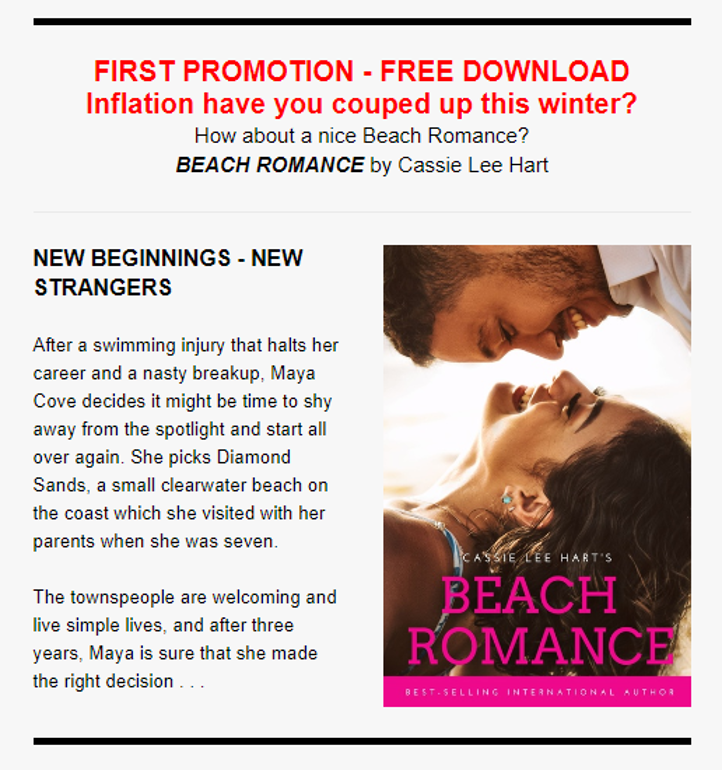
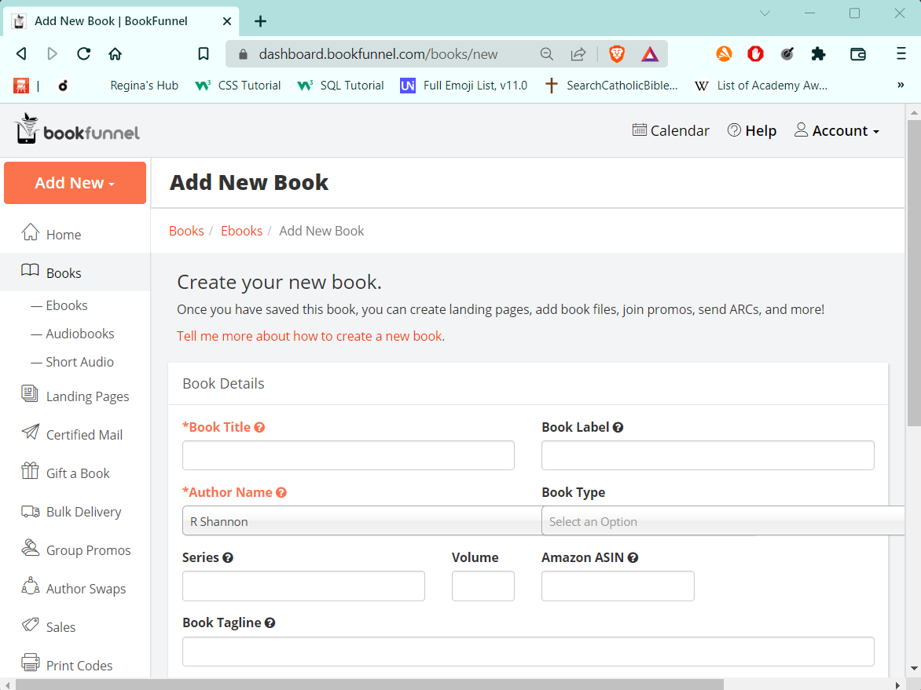
 Turn these Scrivener features off, especially if you plan to move your finished novel draft into Microsoft Word for final formatting. Because I self-publish and I need to upload in ePub and PDF manuscript, I use Word for a final proofread and formatting. I find Word is the best choice for me. The smart quotes do not translate well between Scrivener and Word. If you turn off the smart quotes, Scrivener will replace them with straight quotes and these translate better.
Turn these Scrivener features off, especially if you plan to move your finished novel draft into Microsoft Word for final formatting. Because I self-publish and I need to upload in ePub and PDF manuscript, I use Word for a final proofread and formatting. I find Word is the best choice for me. The smart quotes do not translate well between Scrivener and Word. If you turn off the smart quotes, Scrivener will replace them with straight quotes and these translate better.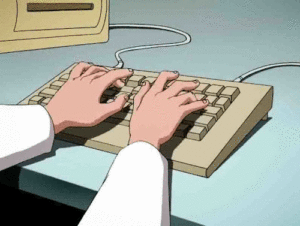 I'm writing my fourth novel in the Jack Nolan Detective Series. The book is still unnamed. This is Level 4 in my Eight Levels of Writing a Novel series. This first draft is down and dirty. It is the hardest lift of the entire project. At least for me, the first draft is the hardest. The characters all seem like stick figures. I find them unlikeable -- even if I liked them in the last book! Any humor doesn't seem to work. Everything just seems awkward. I have to literally force myself to keep typing. So this tip is to just keep writing. Don't check on any spellings or grammar. Don't even look back. Just keep going until you have the crime down, the main plotline down and the subplots at least in place. That will complete the first down-and-dirty draft. Every other layer will be easy compared to this one.
I'm writing my fourth novel in the Jack Nolan Detective Series. The book is still unnamed. This is Level 4 in my Eight Levels of Writing a Novel series. This first draft is down and dirty. It is the hardest lift of the entire project. At least for me, the first draft is the hardest. The characters all seem like stick figures. I find them unlikeable -- even if I liked them in the last book! Any humor doesn't seem to work. Everything just seems awkward. I have to literally force myself to keep typing. So this tip is to just keep writing. Don't check on any spellings or grammar. Don't even look back. Just keep going until you have the crime down, the main plotline down and the subplots at least in place. That will complete the first down-and-dirty draft. Every other layer will be easy compared to this one. Scrivener allows you to highlight text in any color you want. I use this highlighter in the Level 4 Draft to make a mental note to myself to check on things. For example: If I say that someone is coming home from a hospital in four days, I highlight this. This makes sure that this lines up with the plotline, or the crime line, or the subplot lines.
Scrivener allows you to highlight text in any color you want. I use this highlighter in the Level 4 Draft to make a mental note to myself to check on things. For example: If I say that someone is coming home from a hospital in four days, I highlight this. This makes sure that this lines up with the plotline, or the crime line, or the subplot lines. Like I mentioned earlier, I'm in the first draft of my novel and each scene begins with the same Scene Template as seen to the left.
Like I mentioned earlier, I'm in the first draft of my novel and each scene begins with the same Scene Template as seen to the left.
 When writing the first draft, I use the Scrivener Synopsis section in the Inspector Pane to list the clues I have dropped in that scene. Once I've finished the first draft, I can open the project in Outline View and this will give me a bird's eye view and chronology of the clues that have been dropped.
When writing the first draft, I use the Scrivener Synopsis section in the Inspector Pane to list the clues I have dropped in that scene. Once I've finished the first draft, I can open the project in Outline View and this will give me a bird's eye view and chronology of the clues that have been dropped. If your research requires a public figure or an organization, start at Wikipedia and take advantage of research already done. It will all have to be verified, but you will at least start off with some basics.
If your research requires a public figure or an organization, start at Wikipedia and take advantage of research already done. It will all have to be verified, but you will at least start off with some basics.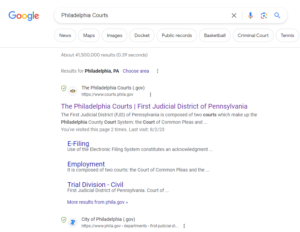 Go to Google and type in Philadelphia Courts or New York courts, etc.
Go to Google and type in Philadelphia Courts or New York courts, etc.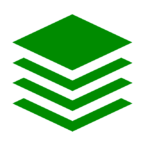 It's important to know that there are at least four levels of record keeping in the USA. There is Federal, State, County, and then City or Municipal or Local. This will help when you are drilling down. It's best to drill down one layer at a time.
It's important to know that there are at least four levels of record keeping in the USA. There is Federal, State, County, and then City or Municipal or Local. This will help when you are drilling down. It's best to drill down one layer at a time.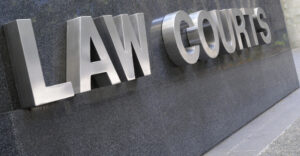

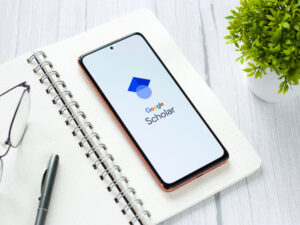
 Open access papers = www.oa.mg
Open access papers = www.oa.mg

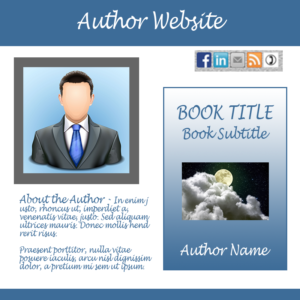 The answer to that question depends upon your goals as an author.
The answer to that question depends upon your goals as an author. If, however, you are a serious author working towards a career or life-long profession, then you will want a website. You may not need one with the first book, but you will be anxious to build your brand right away.
If, however, you are a serious author working towards a career or life-long profession, then you will want a website. You may not need one with the first book, but you will be anxious to build your brand right away. Although I have already said that you can write book series and operate with an Amazon author page, there will come a time when you want to brand yourself and your series. This will also help you build an online presence. It's all about competition. The more ways you use to run into readers online, the better it us for you and your books.
Although I have already said that you can write book series and operate with an Amazon author page, there will come a time when you want to brand yourself and your series. This will also help you build an online presence. It's all about competition. The more ways you use to run into readers online, the better it us for you and your books. If you want to connect with readers, or start building a readership, you will then want and need a website. When I say connect with readers, there are a few ways to connect with readers.
If you want to connect with readers, or start building a readership, you will then want and need a website. When I say connect with readers, there are a few ways to connect with readers. For whatever it may be worth to you, I would recommend that you consider a website by the time you have written a third book, whether it is in a series or not. Once a reader has read more than one book, they will get curious about you. They will want to see a picture of you and maybe learn a few personal things about your life. Having a website, you can share a little bit of personal information.
For whatever it may be worth to you, I would recommend that you consider a website by the time you have written a third book, whether it is in a series or not. Once a reader has read more than one book, they will get curious about you. They will want to see a picture of you and maybe learn a few personal things about your life. Having a website, you can share a little bit of personal information. If you will be self-publishing and are on a shoe string budget, then you will need a website, but you may be able to operate without one for the first year or eighteen months.
If you will be self-publishing and are on a shoe string budget, then you will need a website, but you may be able to operate without one for the first year or eighteen months. Step One: Find an affordable hosting company. You only need a basic plan. I use bluehost.com, but be sure to watch my video that I'll post here about how not to get into the trap of buying all kinds of services you don't need.
Step One: Find an affordable hosting company. You only need a basic plan. I use bluehost.com, but be sure to watch my video that I'll post here about how not to get into the trap of buying all kinds of services you don't need. Do you want to be a published author and work with a leading publisher? Or do you want the freedom of self-publishing? Either way, you will need to learn to do at least some book marketing.
Do you want to be a published author and work with a leading publisher? Or do you want the freedom of self-publishing? Either way, you will need to learn to do at least some book marketing.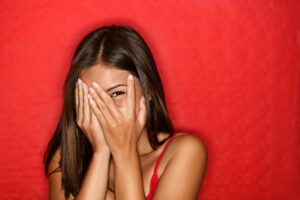 Don't worry if you are camera shy or introverted. The type of book marketing I'm suggesting here is for introverts. People who have these big boisterous personalities don't need anyone to help them gain a readership. Social media was designed for the extroverts -- even the narcissists!
Don't worry if you are camera shy or introverted. The type of book marketing I'm suggesting here is for introverts. People who have these big boisterous personalities don't need anyone to help them gain a readership. Social media was designed for the extroverts -- even the narcissists!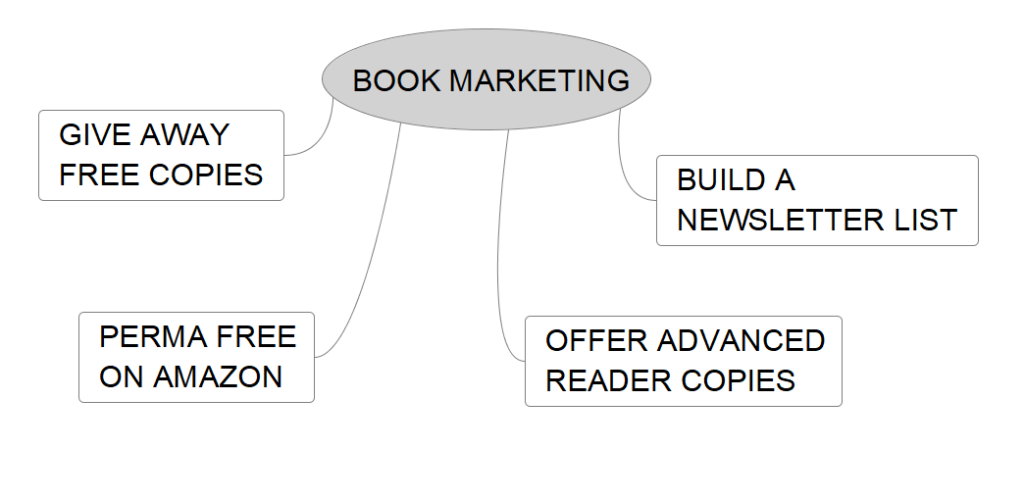
 It's important to be clear that when building an email list, that email list is your readership following. You may have free book searches who get on your list, and they may unsubscribe after a month or two. But the readers who like your books and look forward to hearing from you will remain loyal to you. You are cultivating a following. You need to see marketing as a slow and steady way to build this readership and maintain a monthly or bi-monthly contact with them.
It's important to be clear that when building an email list, that email list is your readership following. You may have free book searches who get on your list, and they may unsubscribe after a month or two. But the readers who like your books and look forward to hearing from you will remain loyal to you. You are cultivating a following. You need to see marketing as a slow and steady way to build this readership and maintain a monthly or bi-monthly contact with them.

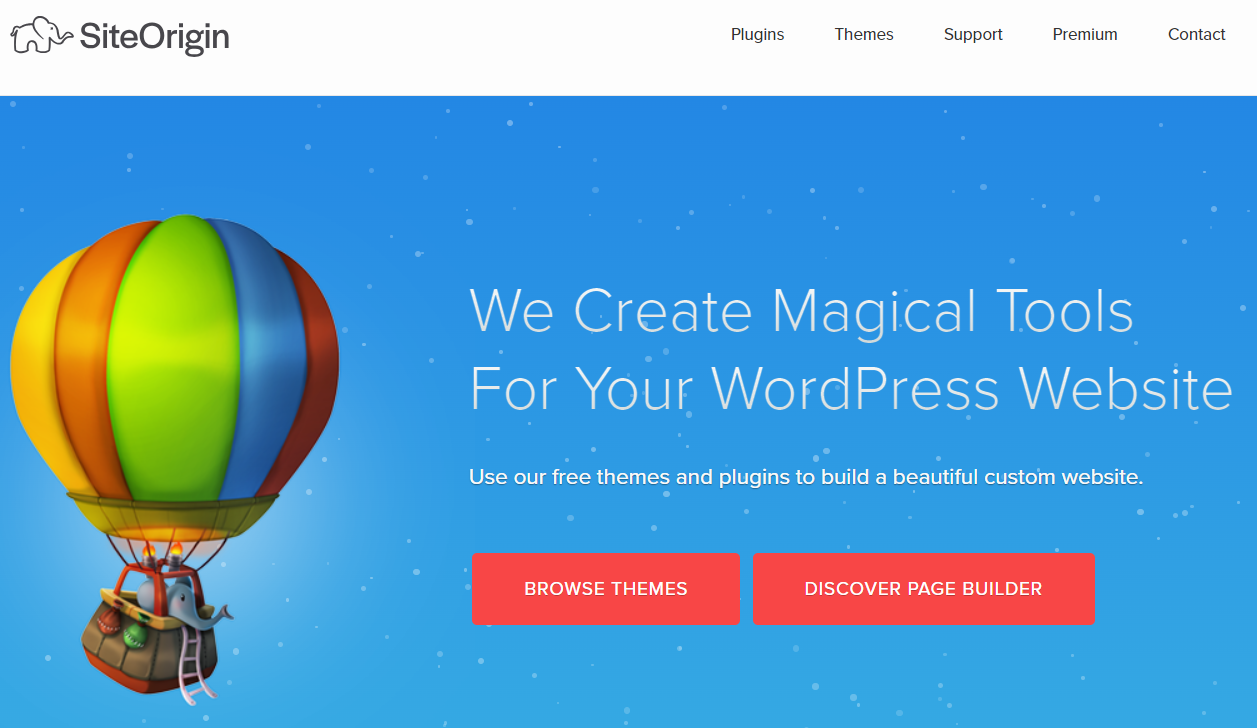

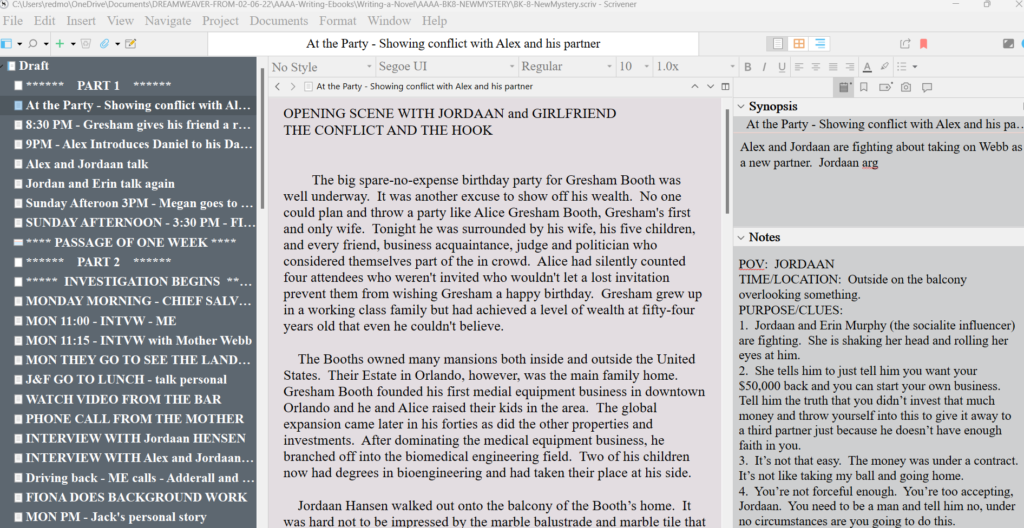 I am knee-deep in Level 4 of writing the next book in the Jack Nolan Detective Series. I thought this would be a good time for me to take a break and reflect on what happens when I'm 'in the weeds' writing a novel.
I am knee-deep in Level 4 of writing the next book in the Jack Nolan Detective Series. I thought this would be a good time for me to take a break and reflect on what happens when I'm 'in the weeds' writing a novel. When you first sit down to write a novel, everyone is filled with enthusiasm and creative energy. It's exciting. It's new. But as the manuscript begins to grow, before it feels finished -- or even ready to be polished, it feels cumbersome, heavy, and overwhelming. At least for me it does.
When you first sit down to write a novel, everyone is filled with enthusiasm and creative energy. It's exciting. It's new. But as the manuscript begins to grow, before it feels finished -- or even ready to be polished, it feels cumbersome, heavy, and overwhelming. At least for me it does. It's possible to get paralyzed by a fear of failure at any point during the writing of a novel. It's not a one-and-done operation. No one sits down, starts writing, finishes writing and ta-da, there's a book. Writing a novel doesn't work that way. It's a long process. It's a multi-layer process.
It's possible to get paralyzed by a fear of failure at any point during the writing of a novel. It's not a one-and-done operation. No one sits down, starts writing, finishes writing and ta-da, there's a book. Writing a novel doesn't work that way. It's a long process. It's a multi-layer process.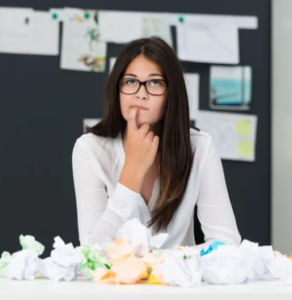 Writers block is another common problem among authors. This often sets in after that initial period of excitement about the novel wears off. At some point the writing of the novel shifts into a project requiring some heavy lifting. There's always a phase or two where the author has to tough it out. We have to keep at it.
Writers block is another common problem among authors. This often sets in after that initial period of excitement about the novel wears off. At some point the writing of the novel shifts into a project requiring some heavy lifting. There's always a phase or two where the author has to tough it out. We have to keep at it.
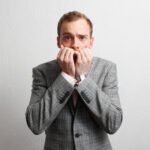 Will my readers like the book? Will the book be good enough to get a literary agent? What happens if my book gets bad reviews? There are any number of fears of rejection that can cause us to stop writing. Decide ahead of time you won't allow these fears to stop you. Like I said earlier, think of your writing as a mission God has given you. This is your life's work, along with your other worldly responsibilities. Your writing could be an opportunity to pass on things you have come to learn in your life. That's a purpose. Or maybe writing is a way for you to share the gift of storytelling that you know you were born with. That's a God-given purpose. Whatever the reason, it's important to not allow fear of rejection to get in the way.
Will my readers like the book? Will the book be good enough to get a literary agent? What happens if my book gets bad reviews? There are any number of fears of rejection that can cause us to stop writing. Decide ahead of time you won't allow these fears to stop you. Like I said earlier, think of your writing as a mission God has given you. This is your life's work, along with your other worldly responsibilities. Your writing could be an opportunity to pass on things you have come to learn in your life. That's a purpose. Or maybe writing is a way for you to share the gift of storytelling that you know you were born with. That's a God-given purpose. Whatever the reason, it's important to not allow fear of rejection to get in the way. Distractions are one of the biggest obstacles to completing a novel. One reason is because life does serve up constant small and big emergencies that have to take first priorities in our lives. So an emergency distraction can throw a whole well-planned writing schedule up into the air in a heartbeat.
Distractions are one of the biggest obstacles to completing a novel. One reason is because life does serve up constant small and big emergencies that have to take first priorities in our lives. So an emergency distraction can throw a whole well-planned writing schedule up into the air in a heartbeat.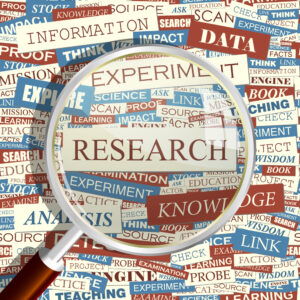 Most novels require at least some research. The internet can be a blessing with research but it can also be a curse. It's a blessing because the days of having to travel to a public library are over. It can be a curse because the research can suck you in and you can use up all your valuable writing time doing too much research.
Most novels require at least some research. The internet can be a blessing with research but it can also be a curse. It's a blessing because the days of having to travel to a public library are over. It can be a curse because the research can suck you in and you can use up all your valuable writing time doing too much research. Another trap to finishing a novel is to get caught up in a never-ending edit of the book. This usually hooks in with perfectionism problem in some way.
Another trap to finishing a novel is to get caught up in a never-ending edit of the book. This usually hooks in with perfectionism problem in some way. Once you complete a novel, there is a little sadness that sets in. This book is no longer your baby. It's no longer your little pet project. Once you hand it off to an editor, it becomes a shared work, so to speak.
Once you complete a novel, there is a little sadness that sets in. This book is no longer your baby. It's no longer your little pet project. Once you hand it off to an editor, it becomes a shared work, so to speak.